214 Vista Bella Dr.
-
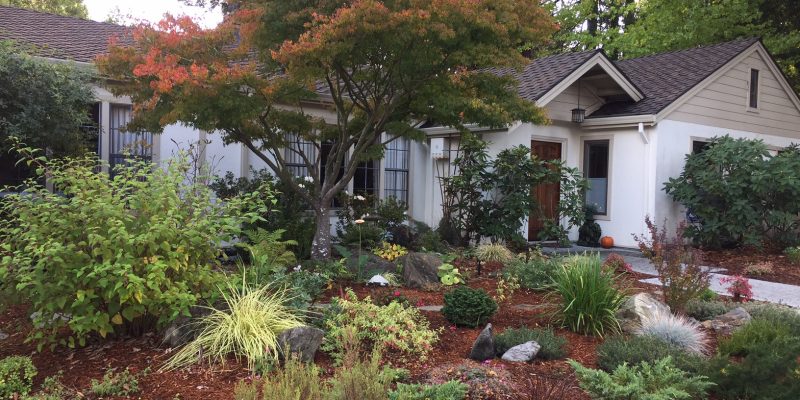
-
 Selecting plants based on the climate of the area is essential to a healthy garden. Here Karen chose plants that are well adapted to full sun.
Selecting plants based on the climate of the area is essential to a healthy garden. Here Karen chose plants that are well adapted to full sun. -
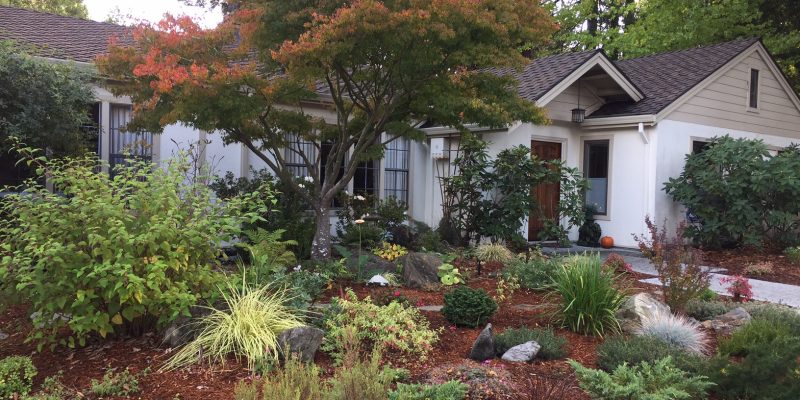 Karen uses drought-tolerant California native plants and Mediterranean plants ideal for the Santa Cruz coastal climate.
Karen uses drought-tolerant California native plants and Mediterranean plants ideal for the Santa Cruz coastal climate. -
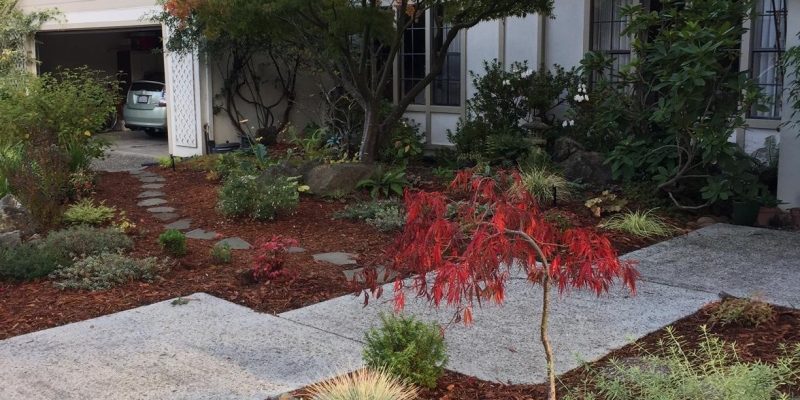 Karen benefits from having her garden situated in a redwood grove. The trees provide a constant supply of additional mulch, shade the soil to increase water retention, and house beneficial predators and pollinators.
Karen benefits from having her garden situated in a redwood grove. The trees provide a constant supply of additional mulch, shade the soil to increase water retention, and house beneficial predators and pollinators. -
 In the backyard, Karen grows a variety of ferns which are well adapted to lower canopy of the redwood forest.
In the backyard, Karen grows a variety of ferns which are well adapted to lower canopy of the redwood forest.
Santa Cruz High School Garden
-

-
 The garden harvests rainwater which is later used by the students to help water their vegetable garden. Growing food can use a lot of water, so harvesting stormwater helps to build a more water resilient community.
The garden harvests rainwater which is later used by the students to help water their vegetable garden. Growing food can use a lot of water, so harvesting stormwater helps to build a more water resilient community. -
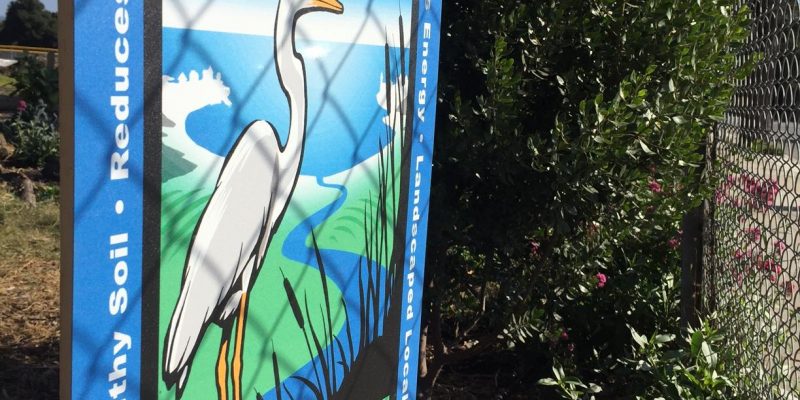
-
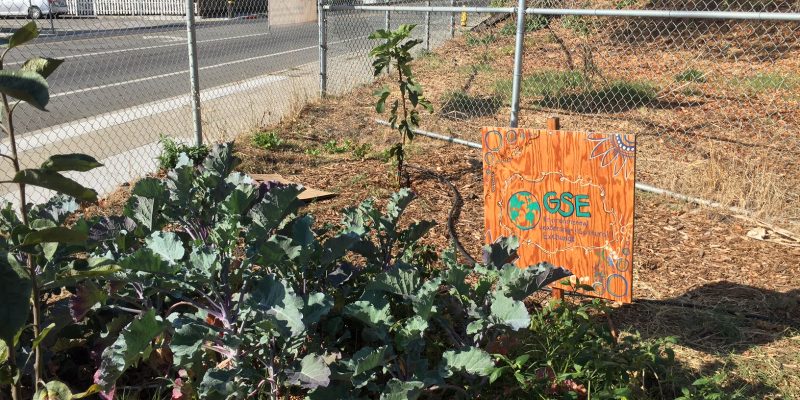 Global Student Embassy teaches the students of Santa Cruz High important ecological practices like composting, cover cropping, and cultivating the soil.
Global Student Embassy teaches the students of Santa Cruz High important ecological practices like composting, cover cropping, and cultivating the soil. -
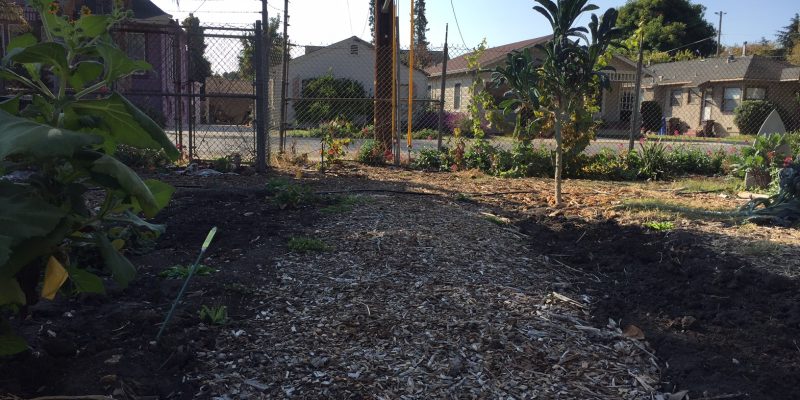 Students are able to grow food in raised beds separated by mulched paths.
Students are able to grow food in raised beds separated by mulched paths. -
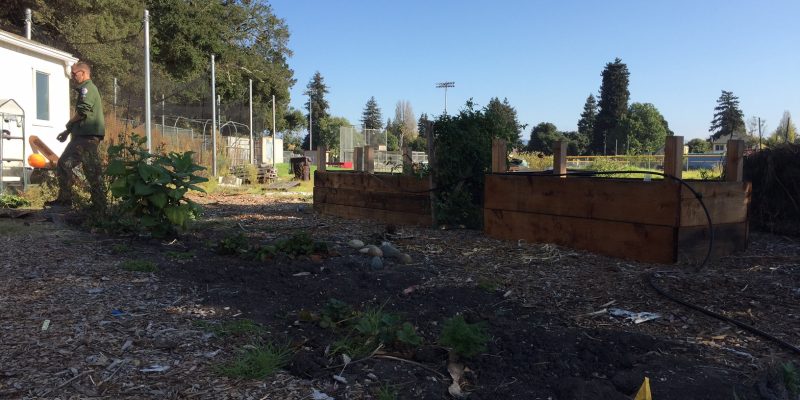 Located behind the school's athletic fields, the garden gives students a place to meet and work together around the common goal of good land stewardship.
Located behind the school's athletic fields, the garden gives students a place to meet and work together around the common goal of good land stewardship. -
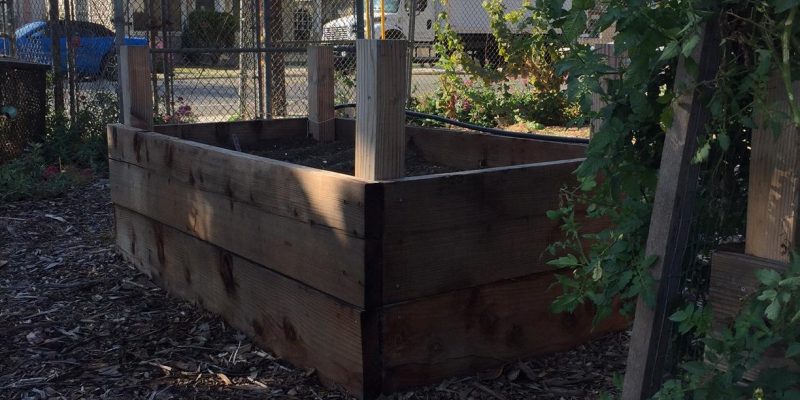 The garden frequently experiences damages from pesty moles. One way to work around this issue is to build planter boxes.
The garden frequently experiences damages from pesty moles. One way to work around this issue is to build planter boxes.
Natural History Museum
-
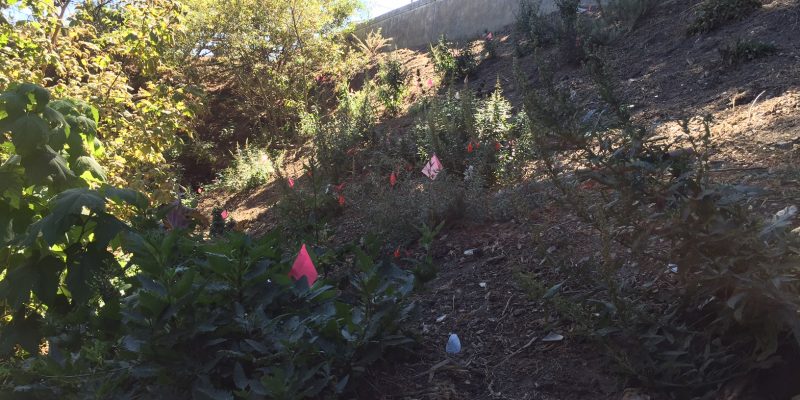
-
 Just behind Sea Bright Beach, visitors can explore the native habitat restored with help from the Earth Steward's program.
Just behind Sea Bright Beach, visitors can explore the native habitat restored with help from the Earth Steward's program. -
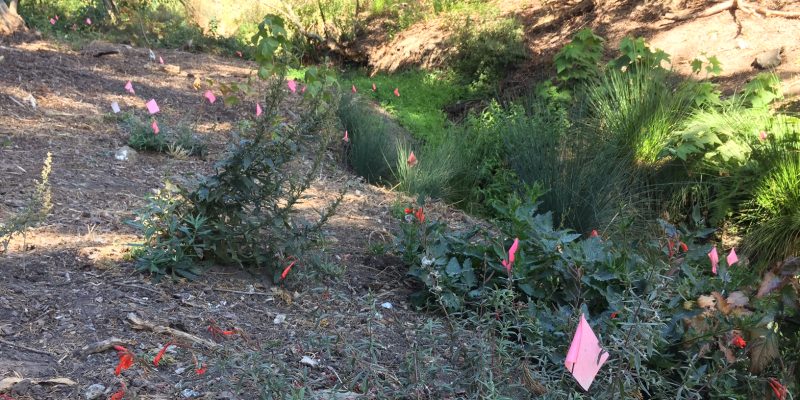 Pink flags are used to help staff and volunteers identify and preserve native plants for their educational programs.
Pink flags are used to help staff and volunteers identify and preserve native plants for their educational programs. -
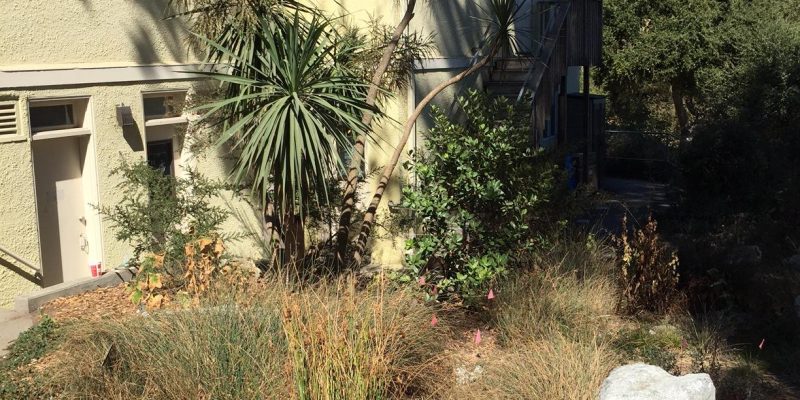 The museum uses native grasses along with mulched paths to help water infiltrate into the soil.
The museum uses native grasses along with mulched paths to help water infiltrate into the soil. -
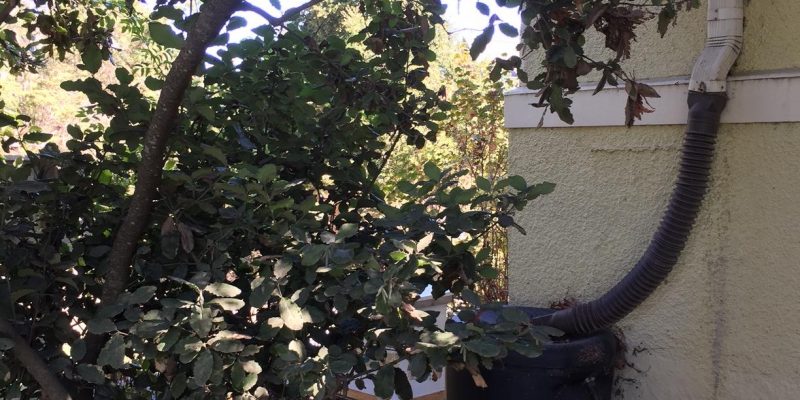 The Natural History Museum has two rain barrels located on either side of the building to help catch rainwater and irrigate the surrounding vegetation.
The Natural History Museum has two rain barrels located on either side of the building to help catch rainwater and irrigate the surrounding vegetation.


